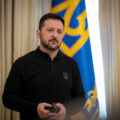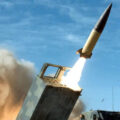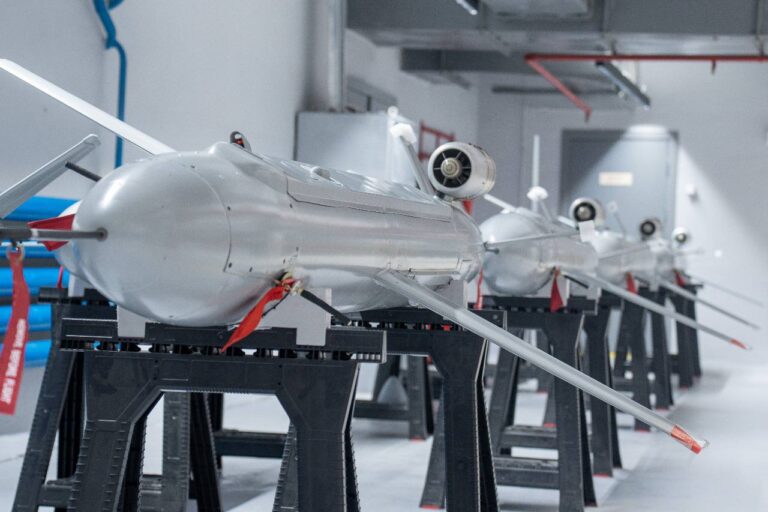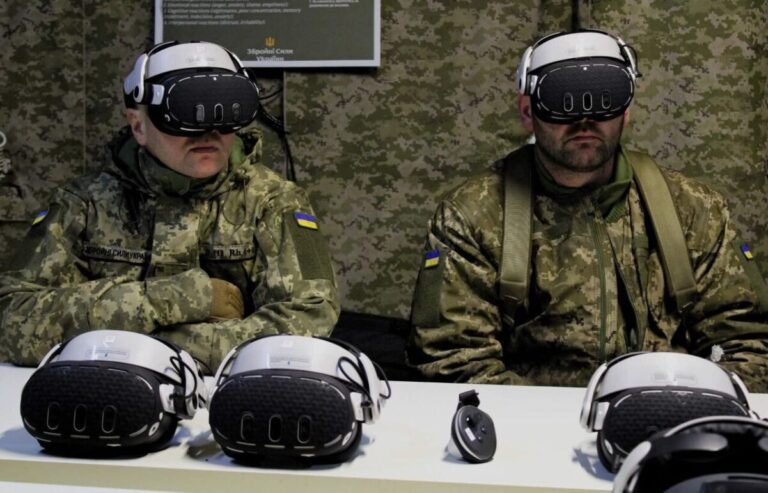
How NATO allies are strengthening Ukraine’s air defense: the new Patriot initiative in 2025
Until recently, the decision to supply Patriot systems to Ukraine seemed almost impossible. Today, however, European partners are openly talking about shared responsibility for Ukraine’s airspace. By the summer of 2025, the pace of Western air defense deliveries has become a central topic for both NATO and Kyiv. At stake is not only the safety of cities, but also trust in the alliance as a system of collective security.
Lithuania has become the first among the Baltic states to announce its readiness to allocate funds for the purchase of American Patriots for Ukraine. Lithuanian Defense Minister Dovilė Šakalienė, after talks with US Secretary of Defense Pete Hegseth, stated:
“Lithuania is also ready to contribute to the supply of Patriot systems to Ukraine. We plan to allocate up to 30 million euros for this purpose.”
This is not just a symbolic gesture but a real financial contribution to a pan-European initiative. Such an approach reflects a new strategy: not simply supplying weapons from national stockpiles, but creating a consolidated fund for the purchase of the most in-demand equipment.
A special Lithuanian government decree on this funding is already being considered in parliament. According to national media (LRT, Delfi), the Lithuanian government is looking into establishing a dedicated fund for Ukraine’s air defense needs, which could become a model for other Central and Eastern European countries.
New Patriot Deliveries: Decisions Amid Shortages
The transfer of additional Patriot systems to Ukraine has become possible through complex coordination among the US, Germany, and several European governments. According to The Telegraph and official press releases from the German Ministry of Defense, in July, Kyiv received another Patriot battery and interceptor missiles. This delivery is the result of agreements under which the US commits to replenishing the stocks of allies who temporarily hand over their own systems.
“We are fully aware of the risks, but Ukraine does not have time to wait. Europe cannot afford weakness in the air right now,” sources in the Bundeswehr explain.
The price of this urgency is delays in fulfilling contracts for third countries, such as Switzerland. As Defense.gov reports, Washington has informed Bern that their Patriot delivery will be postponed, with priority now given to supporting Ukraine.
The Position of the Netherlands and Northern Europe: Flexible Coordination and Expanded Aid
Dutch Defense Minister Ruben Brekelmans emphasized:
“The Netherlands will make a significant contribution to the supply of American Patriot air defense systems. The details will be worked out in the near future.”
A country that a year ago mainly supplied ammunition and support for F-16s is now coordinating the supply of counter-drone systems, radars, and is actively lobbying for the expansion of the European Patriot initiative for Ukraine. The official website of the Dutch Ministry of Defense states:
“Ukraine is defending the frontline against Russian aggression on behalf of all of Europe. If Russia manages to break through, it will immediately pose a greater threat to the rest of Europe and NATO.”
Importantly: Both the Netherlands and Norway have agreed not only to finance new procurements but also to transfer part of their own systems to Ukraine, despite risks to their national defense capabilities.
Post List
NATO and Strategic Logic: Why Allies Are Willing to Take Risks
The Commander of NATO forces in Europe, Alexus Grynkewich, commenting on the transfer of Patriots, said:
“I have already been instructed to deliver Patriot systems to Ukraine as quickly as possible. I will not disclose to the Russians or anyone else the exact quantity of weapons or the timeline, but preparations are in full swing.”
This decision is not only the result of a military assessment of the threat, but also of strategic consensus: the West has agreed to accept a certain level of vulnerability in its own air defense to reinforce the critical front in the east. At the same time, the Pentagon and the White House are assuring allies that resupply delays will be minimal and the risks justified.
“Even if peace is soon achieved in Ukraine, Russia will remain a threat,” Grynkewich emphasized.
This assessment aligns directly with the rhetoric of NATO Secretary General Mark Rutte: “War in Europe could coincide with a crisis in the Pacific region, so the only way forward is collective rapid mobilization of resources.”
Challenges and Risks: Not All Allies Are Ready to Go Further
Participation in supplying Patriots is not only a symbolic but also a political threshold for some EU countries.
- Some governments (such as Spain and Greece) are not yet ready to relinquish their own systems, even temporarily, citing national security concerns.
- Replacement of transferred systems for some countries has been delayed until 2026-2027, raising concerns about a “window of vulnerability.”
Why Patriot Puts Ukraine at the Center of Europe’s New Security Architecture
Ukraine is now not just a recipient of aid, but a partner in building a new European security architecture.
The scale and speed of support determine not only the fate of Ukrainian cities, but also the stability of NATO’s entire eastern flank.
“Only by continuously and massively supporting Ukraine can we force Russia to come to the negotiating table,” Brekelmans sums up.
The supply of Patriots and the expansion of joint financing by Lithuania, the Netherlands, Norway, and others is not a one-time act, but a long-term strategy that is changing the balance of power in Europe.
Ukraine has become a testing ground for new mechanisms of collective security with maximum transparency, shared responsibility, and risk distribution. The Patriot system for Ukraine is not only about protecting the sky. It is a test of solidarity and the West’s readiness to update its approach to security amid global competition.














